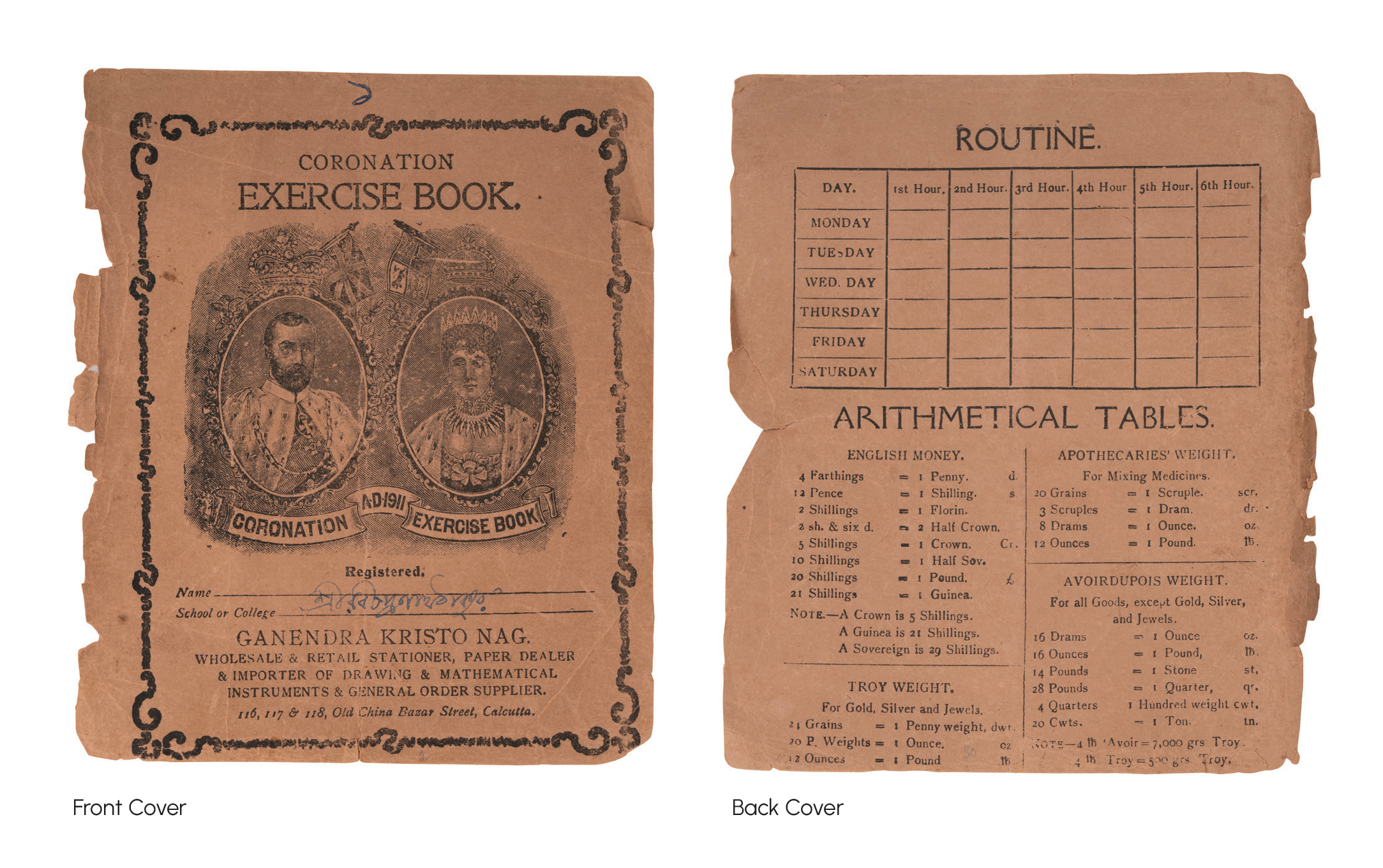
AstaGuru’s upcoming ‘Dimensions Defined’ Auction will feature a meticulously curated catalogue of Modern Indian Art, presenting significant works by iconic Indian modernists. Each piece in the auction reflects the diverse and ever-changing artistic landscape in India over the past decades. The curation offers an eclectic selection of works by eminent artists, including Jamini Roy, Amrita Sher-Gil, Rabindranath Tagore, M. F. Husain, S. H. Raza, K. H. Ara, F. N. Souza, Krishen Khanna, Ram Kumar, Jogen Chowdhury, G.R. Santosh, J. Swaminathan, K. Laxma Goud, Thota Vaikuntam, K. K. Hebbar, Bikash Bhattacharjee, Sakti Burman, Akbar Padamsee, B. Vithal, H. A. Gade, Satish Gujral and Manu Parekh amongst others. The selection also includes sculptural masterpieces by eminent artists such as Himmat Shah, Amarnath Sehgal, Dhanraj Bhagat and Prodosh Dasgupta. The auction is scheduled for February 22-23, 2024.

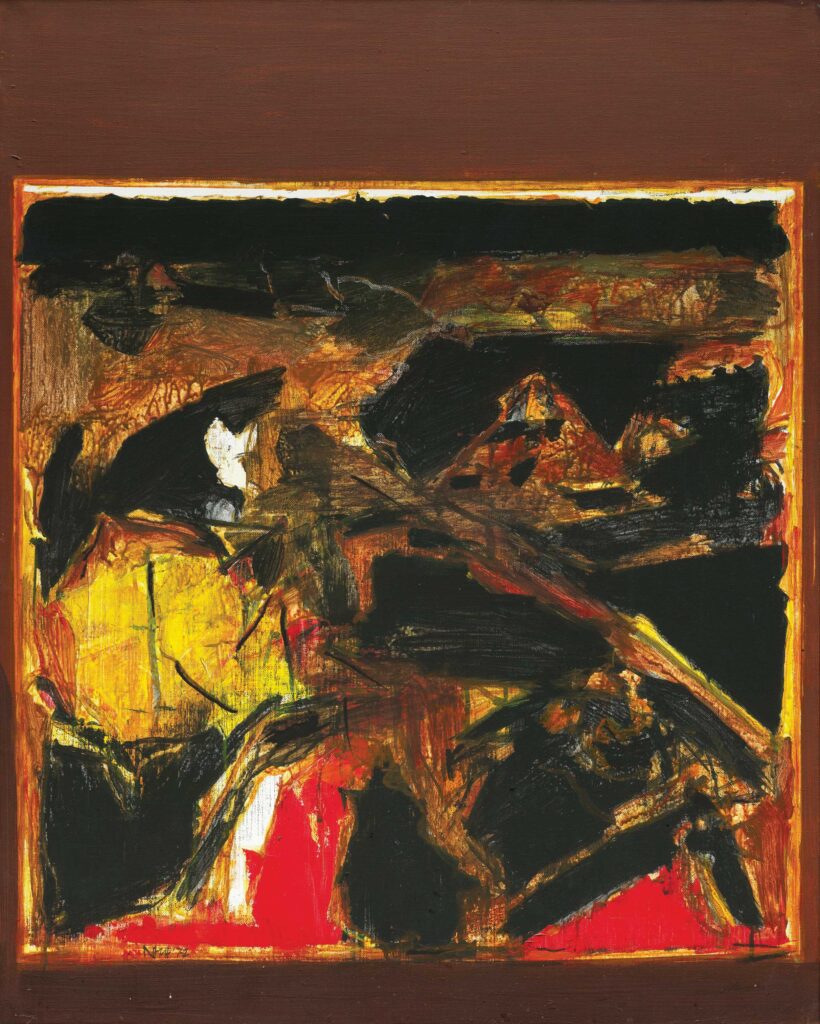
Talking about the upcoming auction, Sunny Chandiramani, Senior Vice President, Client Relations, AstaGuru Auction House says:
“We take great care to curate a collection that traverses decades, presenting the unfolding tapestry of Indian art through the masterpieces of renowned modernists. This auction offers a distinctive opportunity for art enthusiasts and collectors to procure extraordinary pieces, each narrating a captivating story of creativity and inspiration. The thoughtfully chosen artworks, including those by luminaries of the PAG generation, mirror the diverse and dynamic artistic panorama that has significantly influenced our cultural narrative.”
S H Raza:
Adorning the cover of the catalogue is a beautiful work by S H Raza, estimated to be acquired for INR 1,50,00,000 – 2,00,00,000. Executed by S H Raza in 1977, this landscape is a fine example of the artist’s preoccupation with utilising colours as symbols. While his early landscapes, executed during the 1950s, depicted several figurative elements, as time progressed, they appeared less and were substituted by expressionism. These vibrant bursts of colour were further enhanced by the palette and brushstrokes.
Rabindranath Tagore:
The auction will also offer a rare gem for collectors, a handwritten notebook by legendary artist and Nobel laureate Rabindranath Tagore. The presented lot is a historically significant manuscript that details writings on Poush Sankranti, penned by Rabindranath Tagore in February 1930 at Shantiniketan. It is estimated to be acquired at INR 60,00,000 – 80,00,000.
M.F. Husain:
Another unique inclusion is lot no 115, a large-scale copper plate triptych by M F Husain, estimated to sell at INR 2,00,00,000 – 3,00,00,0000. Since not many such sculptures are known to have been created by Husain, this unique work engraved with intricate design offers a great insight into Husain’s multifaceted artistic approach. Four wood cut works painted by the artist are also a part of the upcoming auction.
Akbar Padamsee:
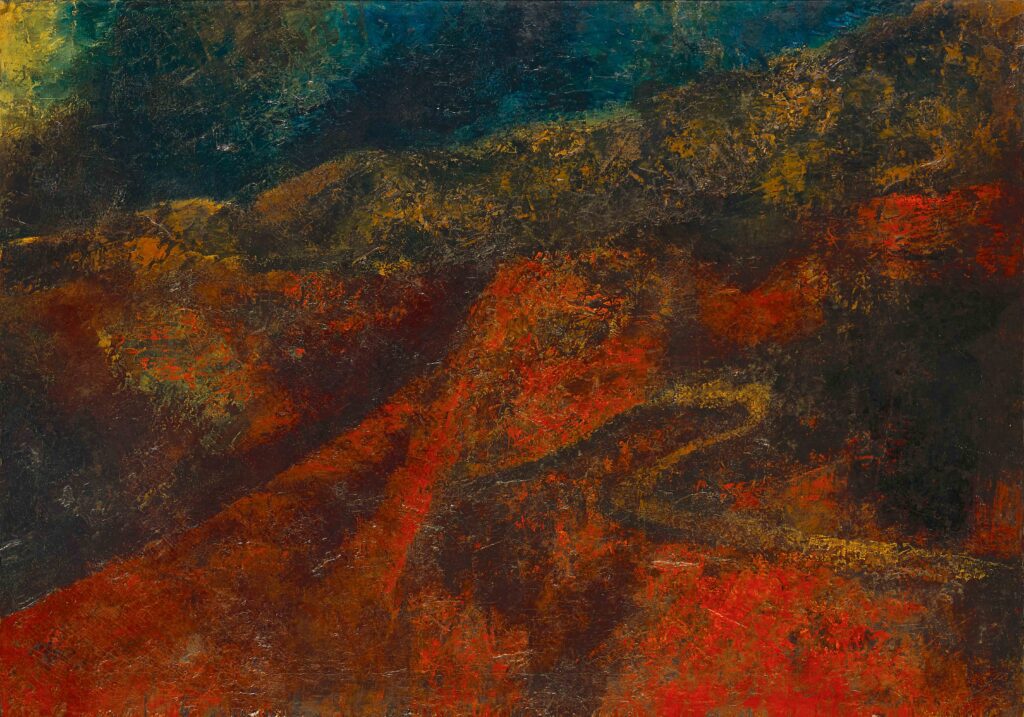
Lot number 28 is a magnificent work by Akbar Padamsee, which he executed during an extremely vital transitional phase of his career. Executed in 1963, the presented work is among the abstracted landscapes which became a formative ground of Padamsee’s famous metascapes work. This lot will be offered with an estimate of INR 3,00,00,000 – 4,00,00,000.
Jagdish Swaminathan:
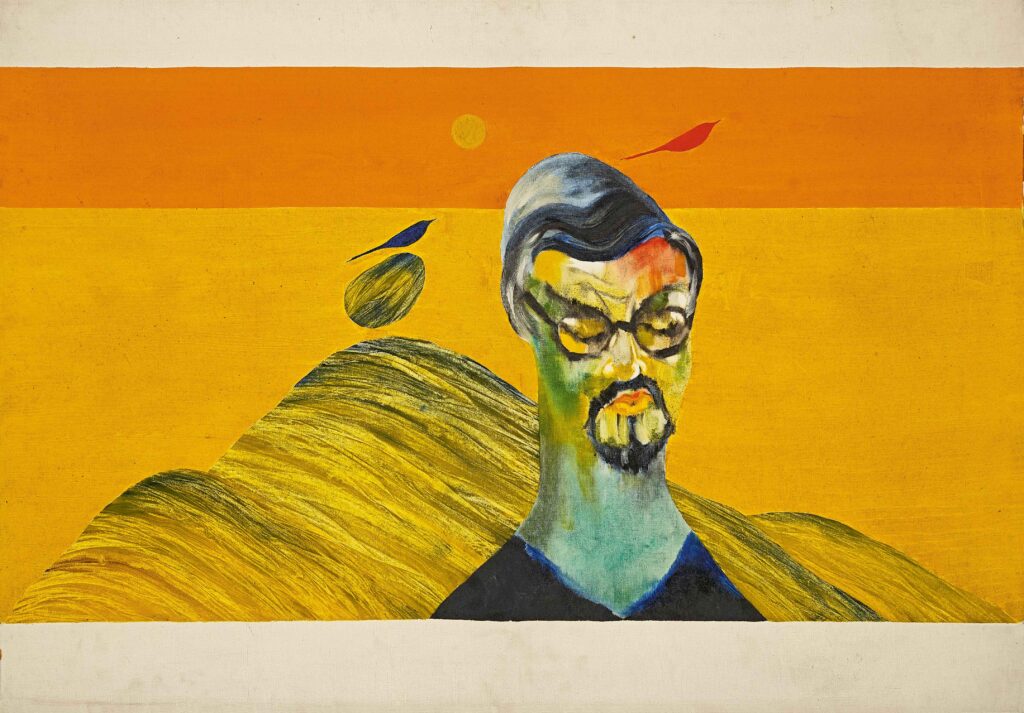
Lot no. 70 is an important creation by artist Jagdish Swaminathan. Through this work, he incorporates a dimension of reality within the realm of his invented abstract world. This lot will be offered with an estimate of INR 2,00,00,000 – 3,00,00,000.
Thota Vaikuntam:
Lot no. 178 is a majestic creation by artist Thota Vaikuntam and captures the scene of a little Krishen gorging on butter in the artist’s signature style motifs and colours. A large-scale creation spanning ten feet, it is estimated to be acquired at INR 80,00,000 – 1,20,00,000.
V S Gaitonde:
A work by one of India’s most revered modernists V S Gaintonde will also feature in the upcoming auction. VS Gaitonde’s eventual arrival upon the visual portrayal of the conscience was an elaborate evolutionary journey substantiated by his internal findings. This work, lot no. 83, is estimated to sell at INR 60,00,000 – 80,00,000.
The auction will also showcase several creations in both mediums of paintings and sculptures by artists Krishen Khanna, Himmat Shah, and Manu Parekh.
Krishen Khanna:
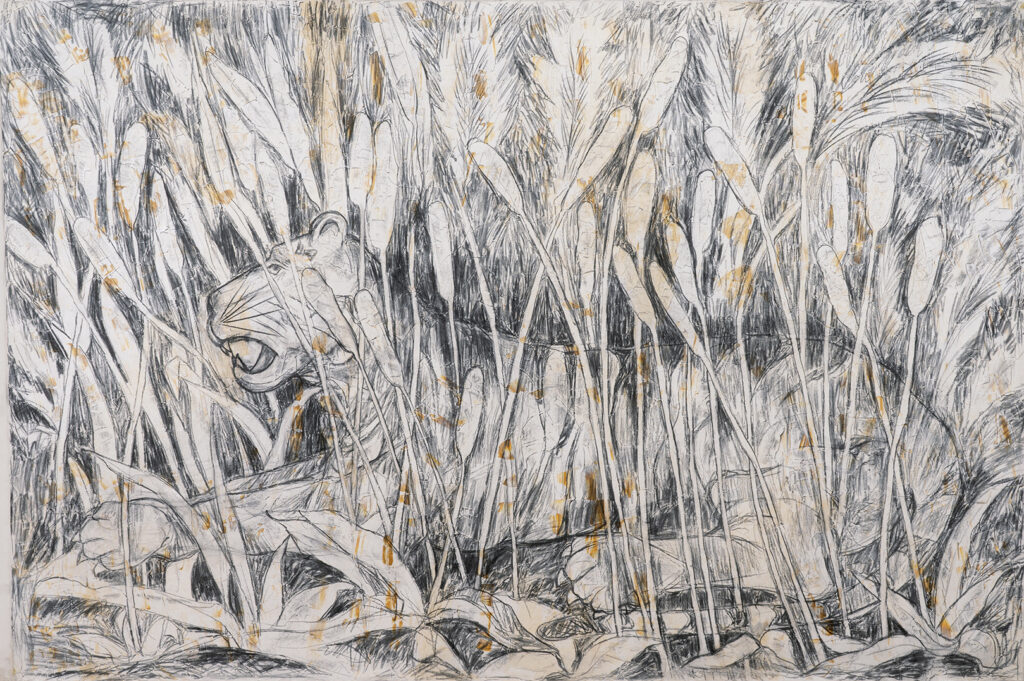
Lot no 109, a large-scale acrylic on charcoal painting by Krishen Khanna is estimated to sell at INR 25,00,000 – 30,00,000. A sculptural rendition of his preoccupation with the motif of tiger and elephant is showcased in a magnificent piece of lot no 133. This work is estimated to sell at INR 15,00,000 – 20,00,000.
Himmat Shah:
Lot no. 54 is a sculpture by artist Himmat Shah, offered with an estimate of INR 20,00,000 – 25,00,000.
Manu Parekh:
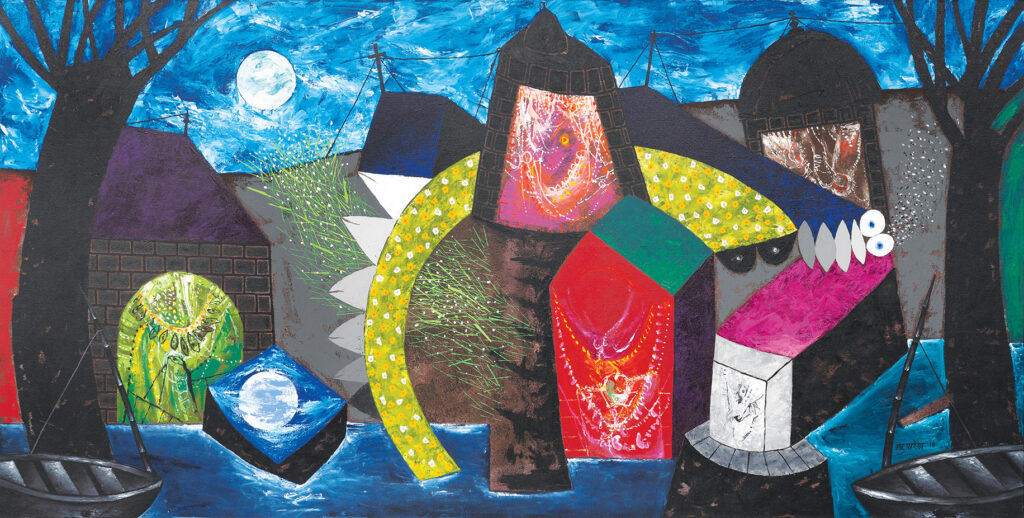
Among several creations by Manu Parekh offered in the upcoming auction, lot no. 131 is a beautiful composition titled ‘Temple Festival at Moonlight.’ A rich and exquisite example of his consistent exploration of the holy city of Benares, this work is offered with an estimate of INR 20,00,000 – 30,00,000.
K H Ara:
Lot no. 104, a work by K H Ara is a rare work, an oil on canvas creation from the circa 1940s, and showcases a distinct departure from Ara’s preferred styles of nudes and still life. This lot is estimated to sell at INR 30,00,000 – 40,00,000.
About AstaGuru
AstaGuru Auction House was conceptualised in the year 2008 with the sole purpose of creating a safe and secure platform to conduct online auctions for Contemporary & Modern Indian Art. Over the years, AstaGuru has curated auctions encompassing diverse categories, our portfolio includes art, jewellery, fine silver, timepieces, textiles, celebrity memorabilia, rare books, numismatic, philately and vintage cars. In 2018, AstaGuru became the first Indian auction house to present an exclusive edition for vintage and classic cars. “AstaGuru has strived to successfully bridge the gap between prospective buyers and consignors by transcending the limitations of live auctions. AstaGuru imparts effortless transparency to the process of acquiring and selling art and rare collectibles. The online module offers bidders the opportunity to bid from the comfort of their houses or while they are on the go.
For more information, please log on to https://www.astaguru.com/
Facebook: @Astaguru | Instagram: @astaguru | X: @astagurutweets
All image copyright Asta Guru / Art Blogazine














.gif)
.gif)

.jpg)









.gif)